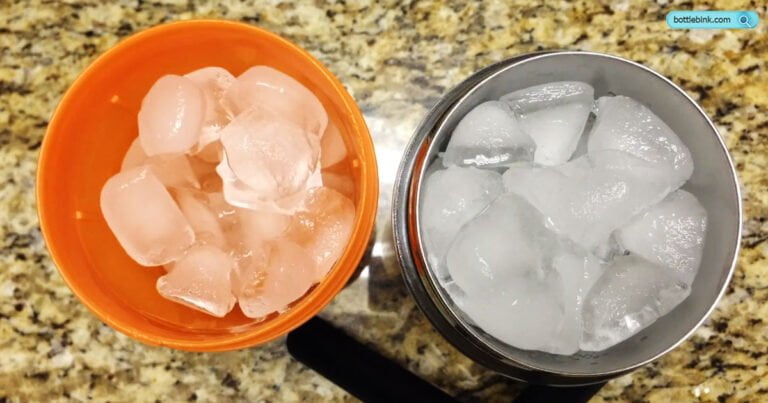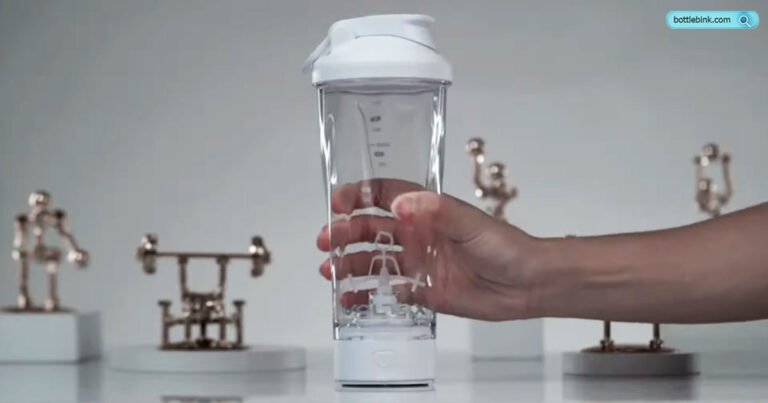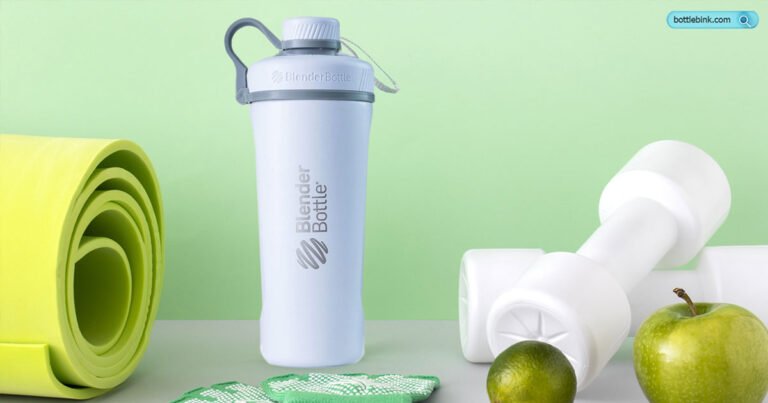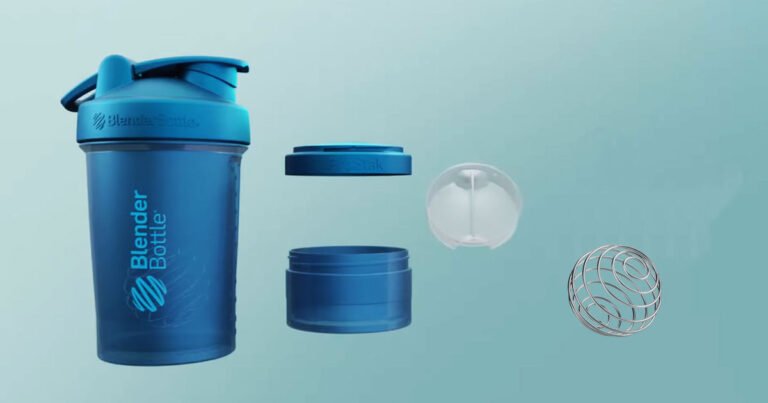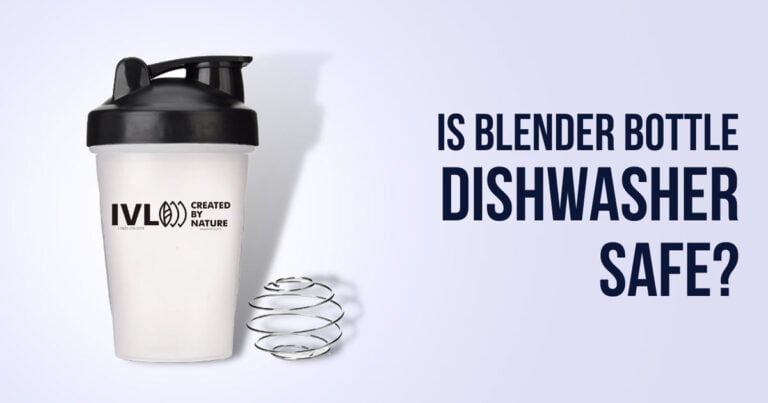How Many Cups is in a Bottle of Water
Water is essential for human survival, and we need to drink plenty of it every day. But how much water should we drink, and how do we measure it? One common way to measure water is by the cup. So, how many cups is in a bottle of water?
The answer to this question depends on the size of the water bottle. A standard water bottle is 16 ounces, and there are 8 ounces in a cup. So, a standard water bottle contains 2 cups of water.
However, there are many different sizes of water bottles available, ranging from 8 ounces to 32 ounces or more.
However, there are many different sizes of water bottles available, ranging from 8 ounces to 32 ounces or more. So, if you have a different size water bottle, you can use the following formula to calculate how many cups of water it contains:
Number of cups of water = water bottle size in ounces / 8 ounces per cup
For example, if you have a 12-ounce water bottle, it contains 1.5 cups of water. If you have a 24-ounce water bottle, it contains 3 cups of water.
Here is a table of common water bottle sizes and the number of cups of water they contain:
| Water bottle size (oz) | Volume by liters | Cups of water |
| 8 0z. | 0.237L | 1 |
| 12 0z. | 0.355L | 1.5 |
| 16.9 0z. | 0.499L | 2.112 |
| 20 0z. | 0.591L | 2.5 |
| 24 0z. | 0.709L | 3 |
| 33.8 0z. | 0.999L | 4.225 |
Understanding The Standard Cup Measurement
Understanding the standard cup measurement is crucial for accurately determining how much water is in a bottle. A standard cup measurement typically consists of 8 fluid ounces or 240 milliliters. By knowing this, you can easily calculate how many cups are in a bottle of water and conversely, how many cups of water are in a water bottle.
Cup measurements are important because they provide a standardized unit of measurement that ensures consistency and accuracy in recipes and daily water intake. Maintaining an adequate water consumption is vital for overall health and well-being. By using cup measurements, you can easily track and monitor your water intake to ensure you are meeting your hydration needs.
Incorporating cup measurements into your routine can help you stay properly hydrated and promote optimal health.
Determining The Number Of Cups In A Water Bottle
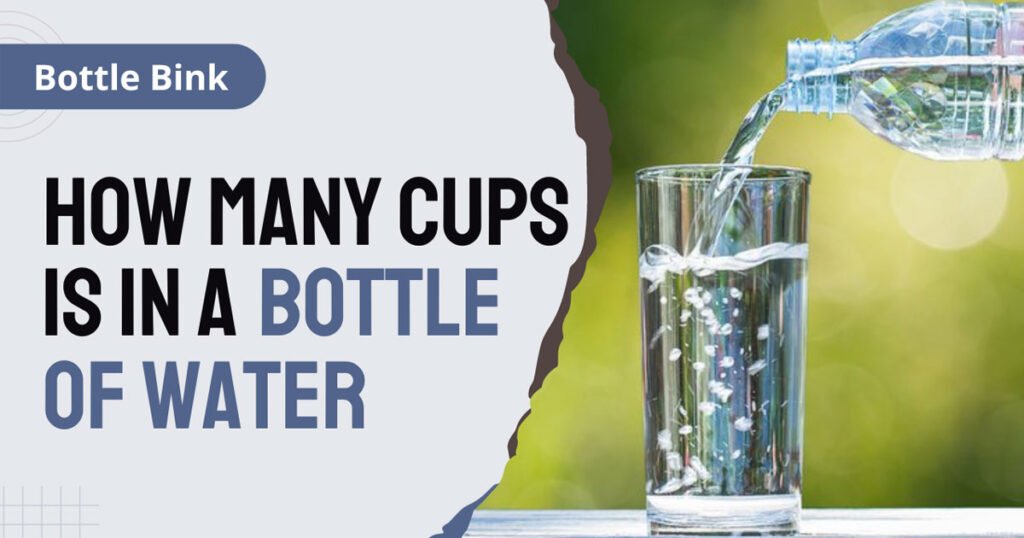
Determining the number of cups in a water bottle depends on various factors. The size of the bottle plays a significant role in this calculation. Generally, a standard 16. 9 oz (500 ml) water bottle equates to approximately 2 cups of water.
However, it’s important to note that different brands may have slight variations in bottle sizes. Additionally, the shape of the bottle can also affect the number of cups it holds. Some bottles have narrow openings, making it difficult to pour the water into a cup without spillage, which could impact the accurate measurement.
Therefore, to determine the number of cups in a specific water bottle, it’s best to refer to the packaging or consult the manufacturer for precise information.
Comparing Different Water Bottle Sizes
Water bottle sizes vary, and their cup equivalents depend on the specific bottle size. Considering the impact of bottle size on water consumption and hydration, it is important to analyze common water bottle sizes. The popular 8-ounce water bottle is equivalent to one cup of water.
A standard 16-ounce water bottle contains two cups of water. Moving up in size, a 20-ounce water bottle holds two and a half cups. A larger 32-ounce water bottle provides four cups of water. Finally, a hefty 64-ounce water bottle equates to eight cups.
These cup equivalents give individuals an idea of their water intake and help ensure proper hydration throughout the day. Remember to choose a water bottle size that meets your hydration needs and promotes good health.
Tips For Measuring Water In Cups
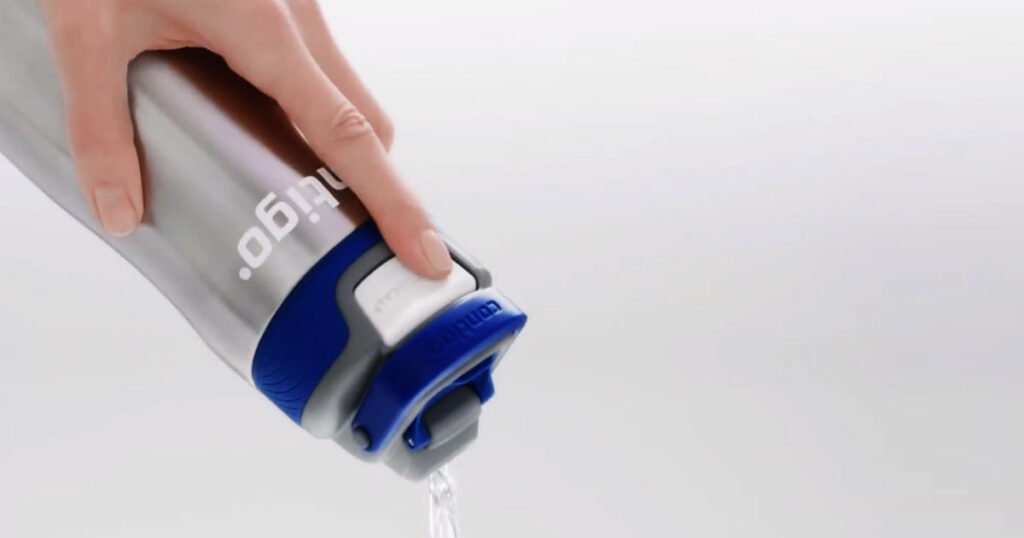
When it comes to measuring water in cups, it can be a challenge without a measuring cup. However, there are alternative ways to ensure accurate measurements. One simple kitchen hack is to use a standard water bottle. Typically, a standard water bottle contains around 16.
9 fluid ounces or 2 cups of water. This measurement is useful to keep in mind when you need a rough estimate. Another option is to use a drinking glass that you know the volume of, such as a 8-ounce glass.
By pouring water into this known volume container and then transferring it to your desired receptacle, you can easily measure out specific amounts without a measuring cup. These alternative methods provide convenient solutions for measuring water in cups, ensuring accuracy in your recipes and hydration needs.
Importance Of Drinking Enough Water Daily
Drinking enough water daily is crucial for maintaining good health and achieving various benefits associated with hydration. The recommended daily water intake for adults varies depending on several factors, including age, sex, and activity level. However, as a general guideline, it is often suggested to consume about eight cups or 64 ounces of water per day.
Staying hydrated can aid in digestion, promote healthy skin, regulate body temperature, and support overall bodily functions. It is important to remember that this water intake can come from a variety of sources, including not just water bottles, but also other beverages and foods that contain water.
If you are active or live in a hot climate, you may need to drink more water. You should also drink more water if you are pregnant or breastfeeding.
How to stay hydrated
There are a few things you can do to stay hydrated throughout the day:
- Keep a water bottle with you at all times and refill it often.
- Set reminders on your phone or computer to drink water every hour or two.
- Drink water before, during, and after exercise.
- Eat fruits and vegetables, which are high in water content.
- Avoid sugary drinks and caffeine, which can dehydrate you.
Water Bottle Labels And Measurement Guidelines
Water bottle labels are essential for understanding the measurements of a bottle. When it comes to cup measurements, it’s important to assess their reliability. Bottles often provide guidelines to help users determine how many cups of water their bottle can hold.
By understanding these labels, you can easily measure the amount of water you need. However, it’s worth noting that cup measurements may vary from bottle to bottle. This variation can depend on the bottle’s size and design. Always refer to the specific label on your water bottle to accurately measure the number of cups it contains.
Having clear measurement guidelines ensures you stay hydrated while on the go, without any confusion about the quantity of water in your bottle.
Converting Bottled Water Measurements To Cups
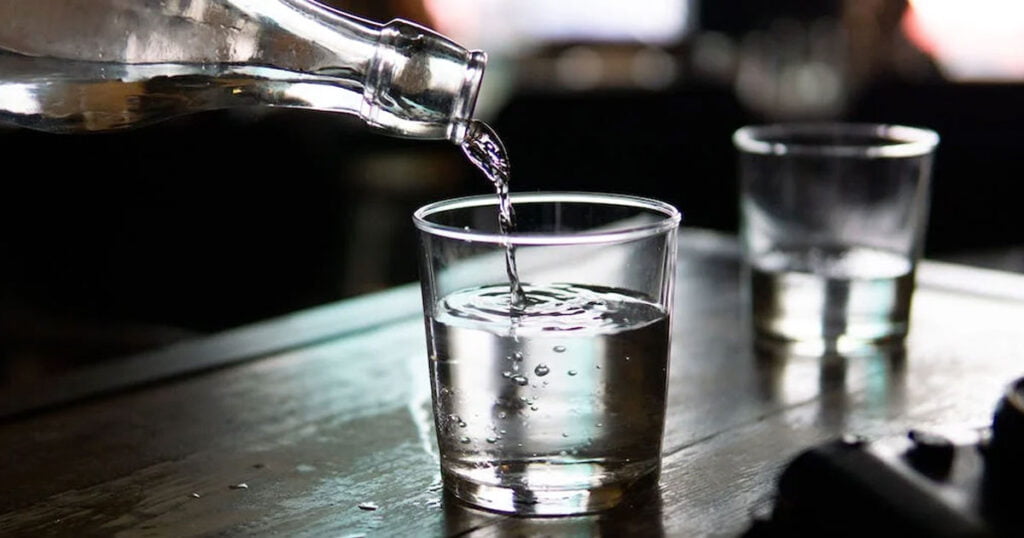
Bottled water measurements can easily be converted to cups using a few practical steps. First, check the label on the water bottle to find the total volume of water it contains. A common size for bottled water is 16. 9 fluid ounces or 500 milliliters, which is equal to approximately 2 cups.
However, always double-check the label as bottle sizes may vary. To convert any bottle measurement to cups, divide the volume by 8 fluid ounces or 240 milliliters. For example, if a water bottle holds 33. 8 fluid ounces, it is equivalent to 4 cups.
When converting measurements, be careful not to make common mistakes such as using the wrong conversion factor or misreading the label. By following these practical steps and avoiding common mistakes, you can easily convert bottled water measurements to cups.
Hydration And Cup Measurements For Active Individuals
Hydration plays a vital role in the fitness routine of athletes and active individuals. Cup measurements are essential for maintaining proper hydration levels. Knowing the number of cups in a bottle of water, as well as how many cups of water fit into a water bottle, can help individuals stay adequately hydrated throughout their activities.
By understanding cup measurements, athletes can effectively monitor their water intake and ensure they are meeting their hydration needs. This knowledge allows them to create strategies that promote optimal hydration during workouts, training sessions, and competitions. Keeping track of the amount of water consumed in each cup and bottle is crucial for staying hydrated and performing at their best.
So, next time you reach for a water bottle, remember the importance of cup measurements and how they contribute to your overall hydration goals.
Exploring Other Liquid Containers And Their Cup Equivalents
Liquid containers, such as cans and bottles, vary in their cup equivalents. When it comes to water bottles, the number of cups depends on the size of the bottle. Additionally, different bottles have different sizes, ranging from 8 ounces to 32 ounces.
Moreover, cans often have a standard size, with most containing 12 ounces of liquid, equivalent to 1. 5 cups. In addition, larger bottles containing 16. 9 ounces of water are equal to around 2 cups. Looking at other containers, juice boxes typically hold 8 ounces (1 cup) of liquid, while a gallon of milk equals 16 cups.
Therefore, the cup equivalents for different liquid containers vary and depend on their specific sizes. Comparing these measurements is essential to accurately determine the amount of liquid in each container.
Frequently Asked Questions Of How Many Cups Is In A Bottle Of Water
How Many Cups Of Water Is 1 Bottle?
1 bottle of water is equivalent to about 2 cups of water.
How Much Water Is In A Bottle Of Water?
A bottle of water typically contains 500 ml (16. 9 oz) of water.
How Many 16 Oz Bottles Of Water Should I Drink A Day?
Ideally, you should drink about 8 cups or 64 ounces of water per day.
How Many 16.9 Water Bottles Equal 8 Cups?
Eight cups is equivalent to approximately 4. 7 bottles (16. 9 oz) of water.
Conclusion
To summarize, understanding the number of cups in a bottle of water and the corresponding amount of water in a water bottle is crucial for hydration and everyday convenience. Whether you’re looking to track your intake or simply curious, knowing the measurements can help you stay on top of your hydration goals.
While there is no fixed standard, most water bottles range from 16 to 20 ounces or 473 to 591 milliliters, which is roughly equivalent to 2 cups of water. However, it’s essential to note that sizes may vary, so be sure to check the label for accurate information.
By staying informed and making mindful choices, you can ensure you’re drinking enough water to support your overall health and well-being. So, the next time you reach for that trusty water bottle, remember that a couple of cups of water may already be within your grasp.
Stay hydrated and refreshed!

